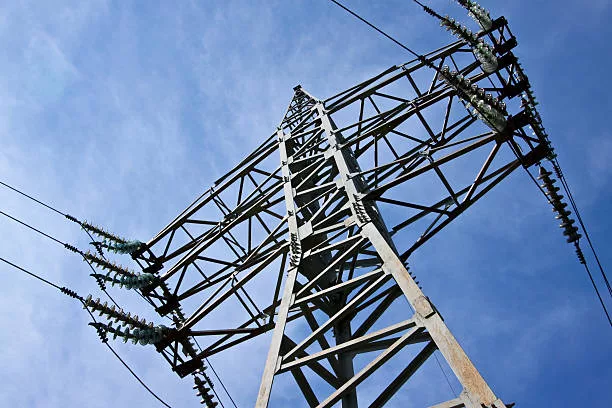At an event hosted by the India Smart Grid Forum, an emphasis was placed on the urgent theme of “Electrify Everything Everywhere All At Once”. The focus is on driving India, a nation grappling with poverty and the need for economic growth, towards a low-carbon future. While India progresses in these efforts, the necessity for driving efficiency to combat climate change is reiterated.
The Imperative of Electrification
The paradigm of energy consumption and waste—driven by a dependency on fossil fuels—is shown to be ripe for a radical transformation. By utilizing more efficient energy systems, such as renewable energy sources and electrification, India can significantly reduce both emissions and waste.
Transforming Transportation and Heating
The vast inefficiencies in transportation, from low vehicle efficiency to inefficient maritime and aviation operations, are highlighted as areas with potential for electrification and efficiency improvements. Electrification, alongside district heating and cooling, could massively flip the energy-waste ratio. Heat pumps, and similar innovations, serve as examples of technologies that leverage environmental energy to reduce unnecessary waste.
Steel and Shipping: Opportunities for Decarbonization
The presentation delved into the future of industries like steel and shipping, advocating a transition towards more sustainable practices. The suggestion is to capitalize on already-existing infrastructures, such as high-voltage direct current, to support this shift efficiently. The spotlight was also thrown on pumped hydro storage as a major asset for India, propelling discussions on transitioning away from coal and other fossil fuels.
Agricultural Transformation
Indian agriculture stands on the brink of revolution, with the potential to lead in drone technology and low-tillage farming practices. These advancements promise not only increased efficiency and productivity but also significant reductions in carbon emissions.
Addressing Industrial Emissions
An analysis was shared about enhancing steel production using cleaner, electric methods, while recognizing India’s position as a steel production leader. Similar advice was given for the cement industry—explore electrifying kilns and consider carbon capture technologies as potential climate action strategies.
Clear Policy Signals: Carbon Pricing
The speaker highlighted the critical role of carbon pricing, pointing out its efficacy in steering economies away from fossil fuel dependence and towards a greener future. The concerning trend of India exporting carbon credits for short-term gains instead of bolstering its long-term climate strategy was underscored.
The Case Against Fossil Fuels and Subsidies
The talk underscored the urgency to move away from fossil fuels due to their adverse health and environmental impacts. Encouragement was shared for India to pursue its path in shutting down the most harmful coal-based power plants, calling for a national strategy to address these concerns.
Focusing on Hydrofluorocarbons and Other Pollutants
A call to action was issued for India to lead in decreasing hydrofluorocarbons (HFCs), with the argument that it stands as one of the most cost-effective measures for environmental impact reduction.
Considerations on Nuclear and Hydrogen Misconceptions
The presentation discouraged investments in nuclear energy, including small modular reactors, due to high risks and costs. It was suggested that hydrogen, frequently touted as a green solution, doesn’t appear as promising when reviewed critically.
Navigating Developing Country Nuances
In response to a question about the specific challenges and opportunities faced by developing countries like India, the speaker highlighted areas where India can and is leapfrogging traditional development paths, especially in transportation. The discussion touched upon India’s innovative approach to electric vehicles, particularly in the public transportation and two- and three-wheeler segments, showcasing how policy and innovation can align to make faster progress toward electrification.
